Having created the art blog, Copenhagen Contemporary to interview various intriguing artists, Peter Ibsen is also the curator of an art fair that will take place this summer in Copenhagen – the CODE Art Fair. Peter Ibsen has been collecting contemporary art for more than 20 years. Drawn by the tremendous attraction that he finds in monochrome and minimalistic paintings, he started selling off his entire collection around ten years ago and focuses on these genres since then.
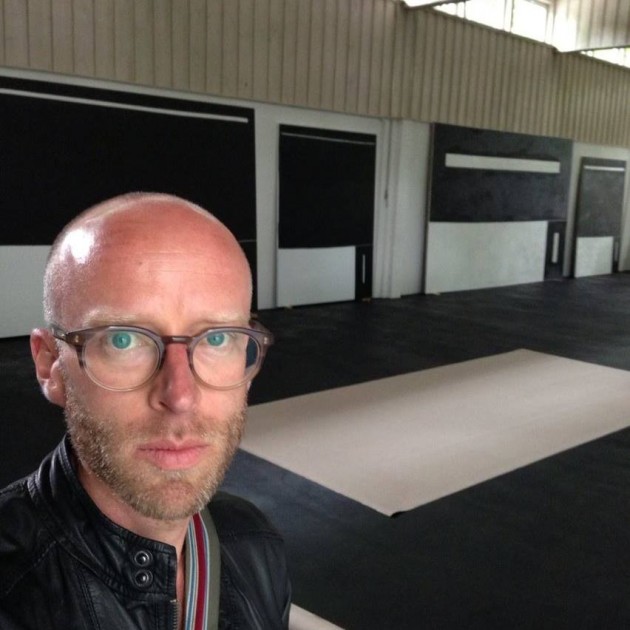
What made you start collecting contemporary art?
I suppose it was a brilliant painter. It was around more that 20 years ago when I saw a painting at a gallery and I really, really just felt that I wanted it but it was already sold! Fortunately, it was sold. A few days later I met the artist at the studio to find another suitable painting for me. Meeting him at the studio made everything open up – it was just a fantastic experience. And from then on I was completely hooked to art. It wasn’t on purpose that I started collecting. It happened out of the blue, and I just kept on doing it.
Can you tell which artist was that?
It was actually a Danish artist who is not really well known. I don’t own his works anymore because in the first ten years of collecting, I didn’t really know in which direction my collection should go. It consisted of many figurative and really colorful works. Around ten years ago, I completely changed my collecting approach. Back then I started to collect much more abstract, minimalistic and monochrome works.
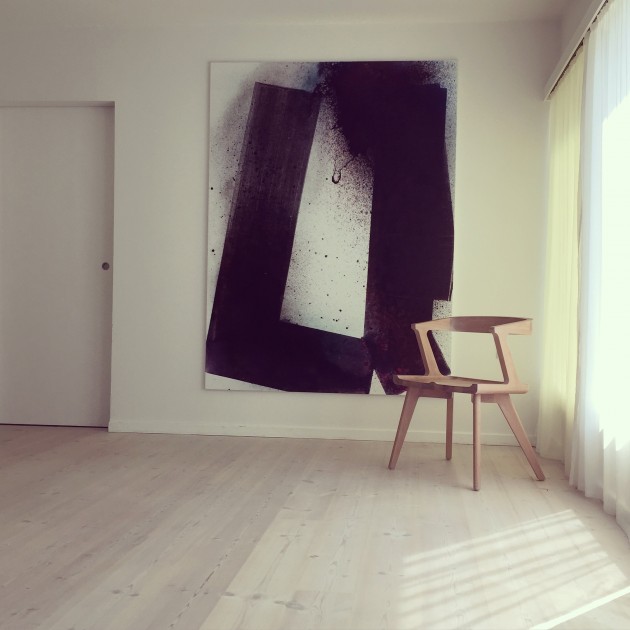
Do you have a motivation for collecting? Like supporting the artists?
That’s a good question. I think there are many reasons to collect art. The artists that I collect are mainly of the same age as me or younger. The fact that you’re supporting an artist is very important for me. I tend to buy works from unknown artists in the early stage of their careers. Previously, I bought almost anything that I fell for, but then one day someone asked me, “Does you collection have any direction or why do you actually buy this art? Because for me the artists in your collection don’t really fit together.” I wasn’t able to answer that question and since then I’m trying not to spread my collection too wide but to have many works from fewer artists. Continually buying the same artists and just keep following them is much more fascinating.
Also, I buy from mostly younger galleries. To support and stay loyal to these galleries is part of my motivation too.
How many artists are included in your collection now and how many art works do you own in total?
I think I own around 150 – 200 works. I would say my main collection consists of six to eight main artists, whom I try to focus on. Sometimes I also collect other younger or newer artists but they’re not yet part of the core collection.
That’s great. You mentioned that you’re focusing on young artists with an abstract style and monochrome style. Why do you focus on this kind of work? Is it just aesthetics or is there anything else behind it?
It happened by chance and wasn’t a decision I made. Actually, a work by Gregor Hildebrandt did the main difference. It was a chess board, which is completely black and I was looking at it for months and I didn’t understand it, which irritated and provoked me. I really thought it was ugly and I hated the work. I bought another work which was colorful from the gallery group show it was exhibited in but when I came to pick up the one that I’d actually bought, I asked the gallery instead if I could buy that Gregor Hildebrandt work because it just kept on irritating me and I didn’t understand it. Actually from then on, it all changed to a very tight range of artists with a monochrome, minimalistic style.
From then on, I got rid of my old collection with all the colorful works and just collected monochrome, black and white and non-color paintings. Also, even though they seem simpler, they’re much more difficult to look at because you really have to look at them for a long time to understand them or try to figure out what the painting is about.
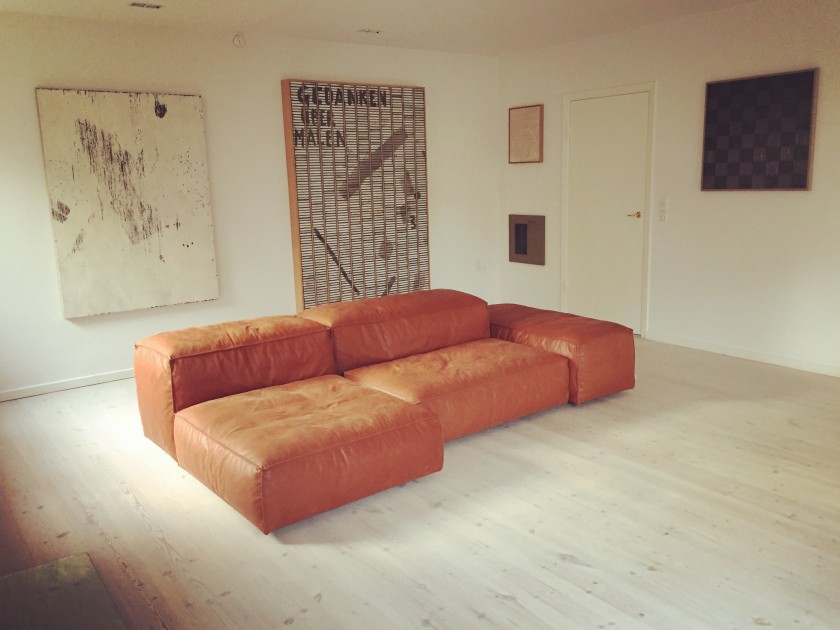
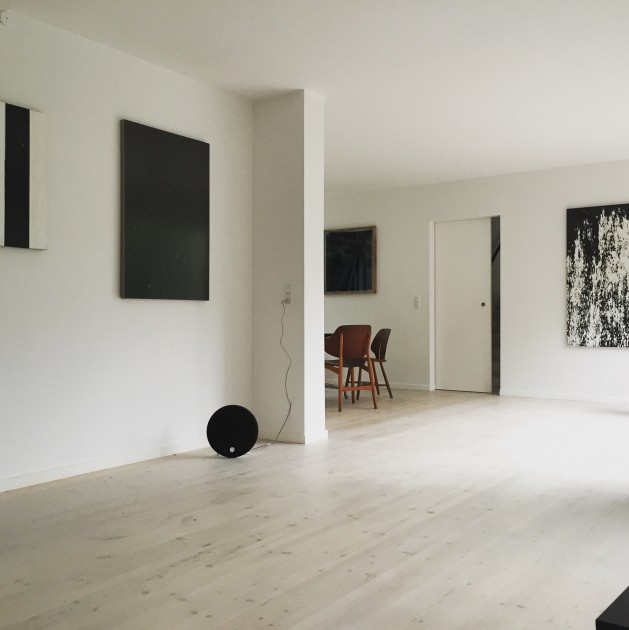
Do you buy the artworks at galleries only or are you also active on the secondary market?
That’s actually a good question because I tend to only buy from galleries. If you buy at an auction, you’re not supporting the artist and you’re not supporting the galleries. The artists don’t get any money. The galleries don’t get any money. You are only supporting a system that might not be – let’s just say – healthy for a very young artist. Only on really, really rare occasion I buy at auction.
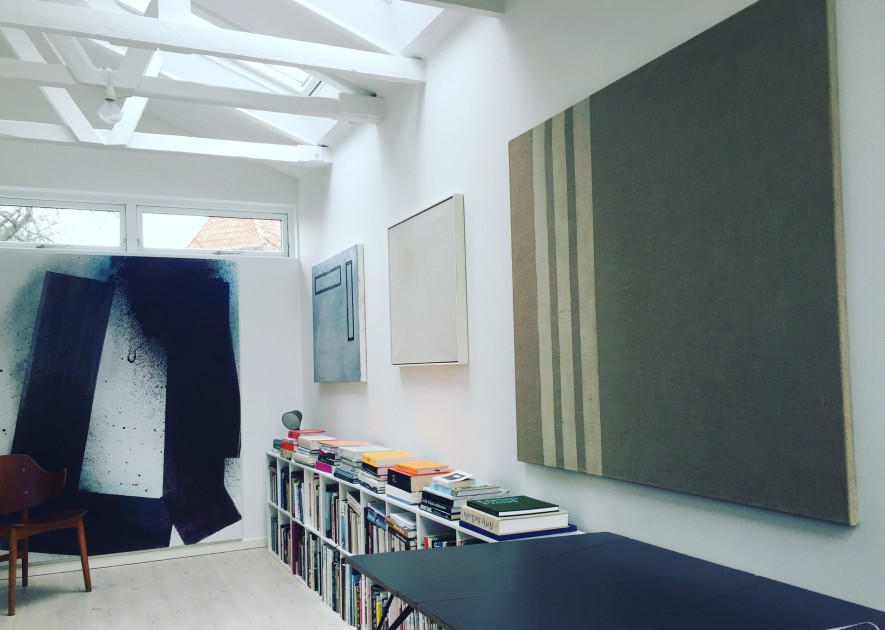
I think that you might have heard of Walter Robertson, who recently invented the term “Zombie Formalism” to characterise a new movement of young artists who produce abstract paintings mostly for the market. Have you heard of this term and what do you think about it?
Yes, I’ve read a lot about it. It’s been all over the media the last couple of years. I think that things got too overheated very quickly, which was extremely unfortunate for a lot of artists and also galleries. It’s sad because some really, really good artists produced too many works and maybe they all produced a little too similar works. Many artists “produced” art that was like designed or made for the market and probably sold 200-300 works in one year. Somehow, it’s sad because some really fantastic artists didn’t really make it through and right now nobody wants to buy their works. In some ways it’s also good for collectors because now you can then buy some very good works at moderate prices again.
Do you think that it’s also the fault of the galleries who maybe should have protected their artists or tried to at least?
Definitely. Because some galleries might have pushed things a little bit too hard. Nonetheless, the artists are also to be blamed because a lot of the younger artists actually did backdoor selling, which isn’t good.
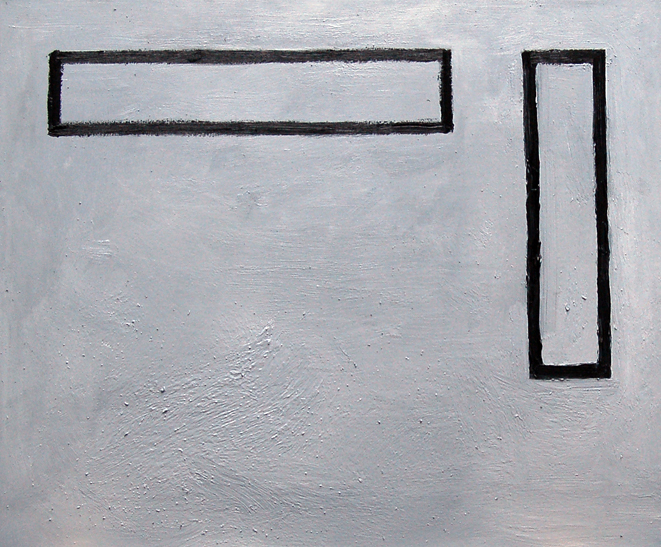
Speaking about this period, so I saw that your collection includes works by Sergej Jensen and in my opinion he’s kind of a pioneer for the period or for the movement of abstract painting we are seeing at the moment. Would you agree with that?
Yes, of course he was. Although it might be unfair to say so, a lot of younger artists really are maybe a little bit too inspired by his works or copied his style a little bit too aggressively and kind of pushed it to the limit. So, yes, he was definitely one of the grandfathers of minimalism in this period. But actually if you go back further, let’s take Giorgio Griffa. If you look at his works and the work he’s doing now, a lot of younger artists were actually copying him without even knowing who he was. And he’s like the super grandfather of this type of art.
When speaking about Zombie Formalism. There also comes up the term of “art flipping”. Do you sell art works from your collection?
I haven’t sold that many to be honest and I am trying not to sell. But I did sell some works during the last couple of years. Mainly because some of the works got extremely expensive. I could get, for example, ten works that I really wanted or two really great Sergej Jensen’s for the price of one smaller work by another artist. I did sell some works but I always put the money back into the market or bought new art or better works by other artists.
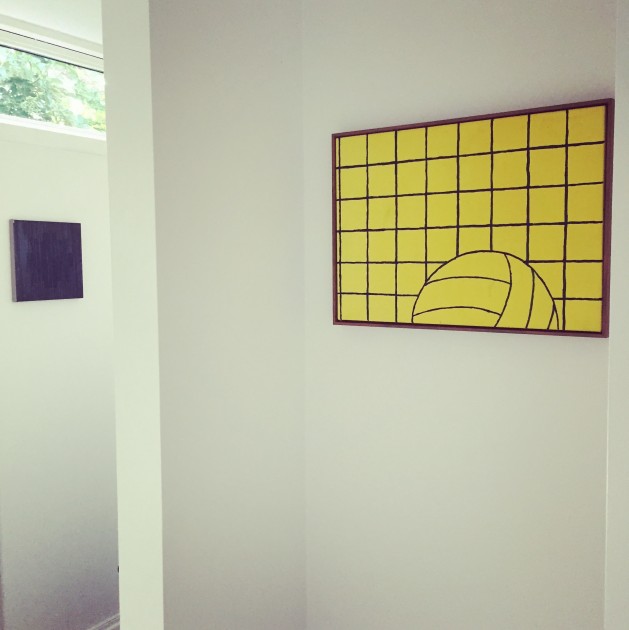
Is Sergej Jensen one of those key artists in your collection you mentioned earlier?Yes. I have never sold any works of Sergej Jensen and I would keep buying them if I can because he is definitely one of the core artists in my collection together with Gregor Hildebrandt.
Do you have a most treasured artwork in your collection?
Yes, it is a work by Sergej. The funny thing is: it looks completely white but it’s actually painted and washed out, painted, washed out hundreds of times. The only thing you see is kind of a white work but actually it shows you the process of painting. Fantastic work!
If the price tag wouldn’t matter, is there any artwork you would like to buy?
It would definitely be Agnes Martin or Barnett Newman. It’s the history, the story, everything. They are just amazing. If I could own only one work, I think it would be an Agnes Martin.
Looking into the future, where do you see your collection in ten or 20 years?
Well, I don’t have any goals for my collection. I have principles: I want to stick to a few artists and continue buying the same artists. Within 10 or 20 years, I would still have 5 to 10 artists only, but many works by each.
The only goal is that I am probably never going to stop collecting art!
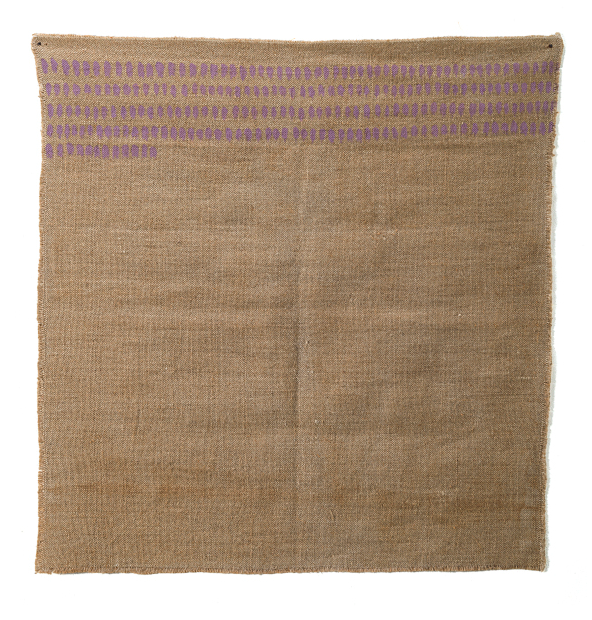
Instagram: @pibsen
A selection of artists Peter collects:
Sergej Jensen
Gregor Hildebrandt
André Butzer
Stefan Müller
Ricko Leung





